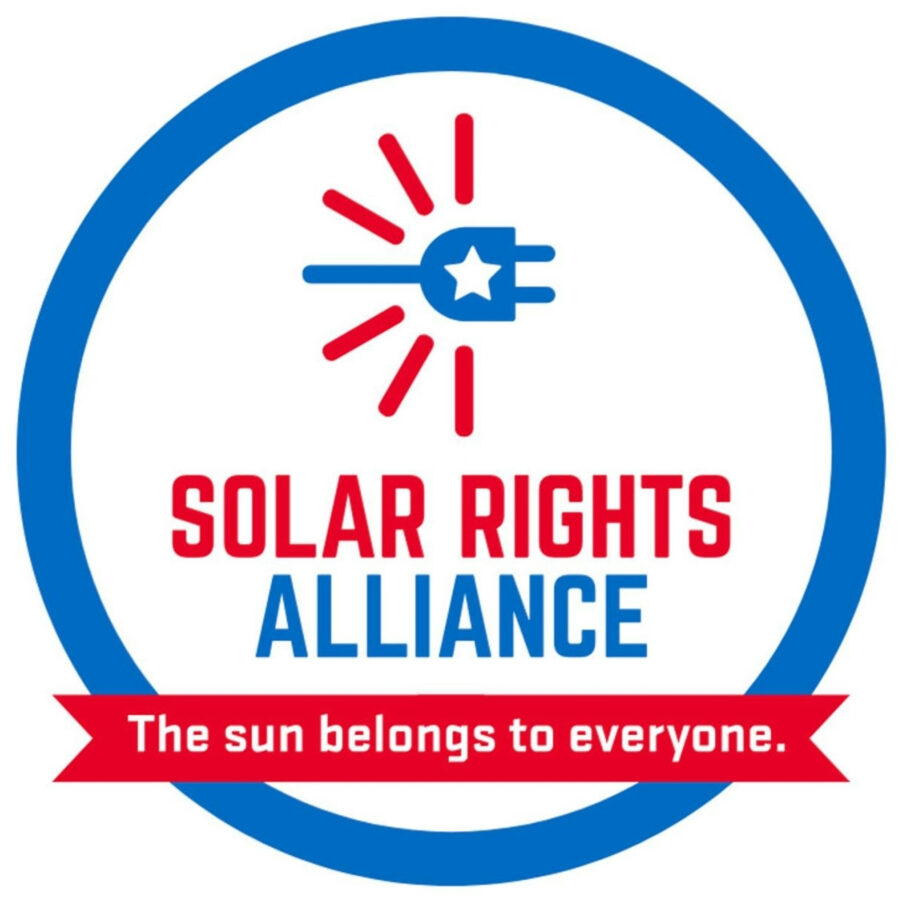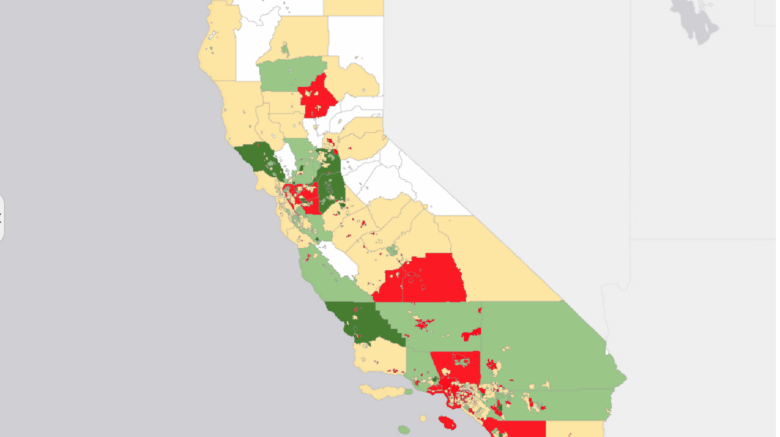Over the past year, thousands of solar users successfully pushed their local governments to streamline their solar permitting process, helping to make it faster and easier for their neighbors to go solar.
See if your city or county has taken the first step. If you don’t see them on the map you can use these resources to nudge them to do so.
The problem we are trying to solve: Local permitting requirements too often drive up the cost of going solar in California
It is twice as expensive to go solar in California than in many other developed places. A typical rooftop solar project costs homeowners $22,800 in California. In Japan: $13,200. In Germany: $9,600. [1]
The major difference is that in California, outdated permitting requirements and staffing shortages can add months of delays and thousands of dollars to solar and battery projects. Streamlining that process can make it faster and easier for people to go solar. The Solar Access Act (SB 379) was recently passed into law to help make that happen. [2]
Solution: A new state law requires most cities and counties to streamline their solar permitting process
The new Solar Access Act requires most cities and counties to adopt online, automated, and instantaneous streamlined permitting for residential solar and storage systems. Cities and counties have several paths to comply with the law that are free for the city to use. [3]
After the law passed, thousands of solar users sprang into action to nudge local officials to act
Thousands of people signed petitions to their city and county elected officials or spoke in-person at City Council meetings.
The message to local elected officials was simple: you should implement the Solar Access Act quickly because it’s the right thing to do, it’s the law, and it won’t cost you money.
More than 200 local governments took action because of your efforts!
- The first major benchmark was for cities to apply for a grant to help them implement software to streamline their solar permitting process. The next benchmark is for cities to pilot the software, and then to fully adopt it.
- Of all the cities that have acted, 203 cities took action because Solar Rights Alliance members nudged them to do so!
The first deadline has passed, and some cities and counties still need to comply with the law
- Big cities and counties (more than 50,000 people) were required to comply with the Solar Access Act by September 30, 2023. That means these cities should have already fully adopted instant, online, and automatic permitting for rooftop solar and storage systems that verifies the system is up to code. If they haven’t, then they are out of compliance with the law. [4]
- Smaller cities (less than 50,000 people) are required to comply with the Solar Access Act by September 30, 2024. [5]
See if your city or county has complied with the law. If you don’t see them on the map you can use these resources to nudge them to do so.
[1] Solar Access Act Fact Sheet
[2] The Solar Access Act (SB 379)
[3] See Footnote 1
[4] See Footnote 2
[5] See Footnote 2

